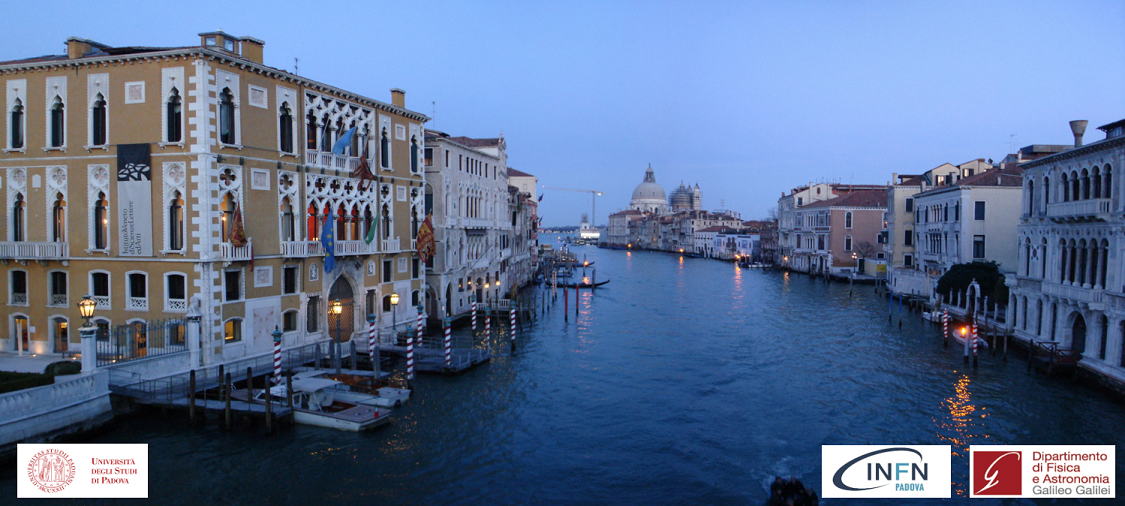Speaker
Description
The Recoil Directionality project (ReD) within the Global Argon Dark Matter Collaboration aims to characterize light and charge response of a liquid argon (LAr) dual-phase Time Projection Chamber (TPC) to neutron-induced nuclear recoils. The ReD project is now focusing on the detailed study of the response of the LAr TPC to very low-energy nuclear recoils (a few keV). The charge yield from nuclear recoils is a critical parameter for searches of dark matter in the form of low-mass WIMPs: these searches are performed by using the S2-only approach, based on the measurement of the ionization signal alone. Furthermore, the ReD TPC uses all the innovative features of the design of the DarkSide-20k experiment: in particular the optoelectronic readout based on SiPMs and the cryogenic electronics. It is thus a valuable test bench of the technology which is being developed for DarkSide-20k and for the future project Argo. The TPC is irradiated by neutrons produced by an intense Cf252 fission source to produce 40Ar recoils in the energy range of interest. The energy of the nuclear recoils produced within the TPC by (n,n') scattering is determined by detecting the scattered neutrons within a dedicated neutron spectrometer made of 18 1-inch plastic scintillators deployed at about 15°. The kinetic energy of neutrons interacting in the TPC is evaluated event-by-event by measuring the time of flight between a BaF2 detector located close to the Cf252 source, which tags the primary fission event by detecting the accompanying radiation, and the neutron spectrometer. Data with the Cf252 source are being taken during the Winter of 2023 at the INFN Sezione di Catania. The experiment will be complemented by calibrations with low-energy internal sources of Kr83m and Ar37 diffused inside the TPC.In this contribution, we describe the experimental setup and the preliminary results from data analysis.

